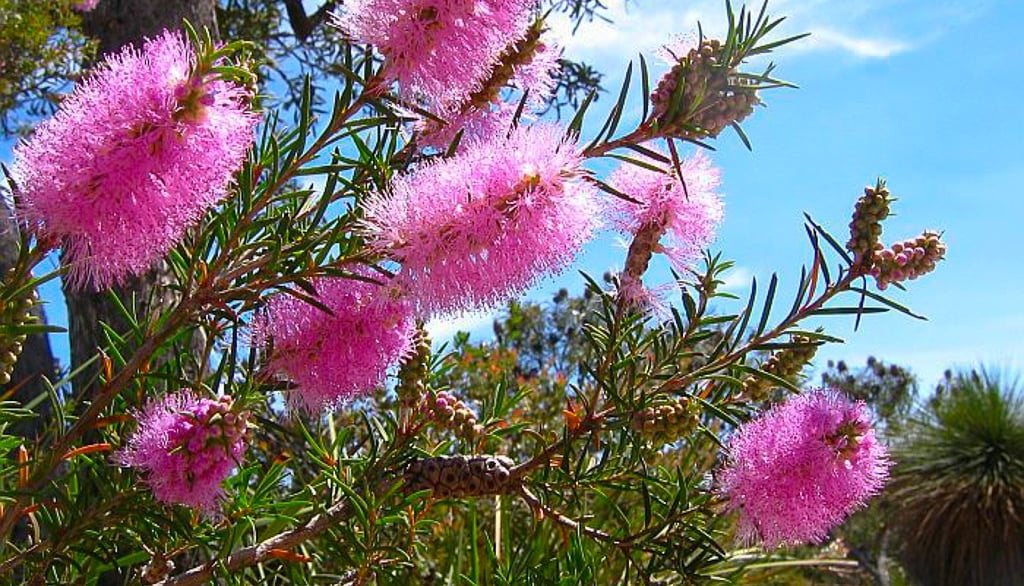Melaleucas in Central Queensland


Central Queensland is known for its arid climate and unique flora and fauna. In this blog post, we will explore the Melaleucas that grow well in this region and the animals attracted to these plants. Melaleucas, commonly known as paperbarks or honey myrtles, are a diverse group of plants offering aesthetic beauty and ecological benefits.
Melaleucas for Central Queensland
When it comes to selecting Melaleucas for Central Queensland's arid climate, there are a few species that stand out:
Melaleuca leucadendra (Weeping Paperbark): This large tree species is well-suited to the region's dry conditions. Its weeping branches and creamy-white flowers add a touch of elegance to the landscape. Weeping Paperbarks are also known for their robust and durable timber.
Melaleuca quinquenervia (Broad-leaved Paperbark): Another popular choice for Central Queensland, this Melaleuca species has broad, leathery leaves and creamy-white bottlebrush-like flowers. It is highly adaptable and can tolerate a range of soil types, making it an excellent option for the region's arid conditions.
Melaleuca linariifolia (Snow-in-Summer): This compact, bushy Melaleuca species is known for its beautiful white flowers that bloom in summer, hence its common name. It is drought-tolerant and can withstand the harsh conditions of Central Queensland.
Melaleuca linariifolia 'Starz': A striking cultivar of Snow-in-Summer, 'Starz' produces abundant, star-shaped white flowers with bright green, to lime and tangerine foliage. Its compact, bushy form and vibrant flowering make it ideal for hedging, screening, or garden accents in Central Queensland's climate.
Melaleuca nesophila (Little Nessie): A standout in nurseries at the moment, this compact shrub produces vibrant purple-mauve flowers and bright green foliage. Ideal for hedging, borders, or garden accents, 'Little Nessie' is highly drought-tolerant and thrives in full sun or part shade. Its manageable size and consistent flowering make it perfect for both residential and commercial landscaping in Central Queensland.
Melaleuca 'Mini-Quinni' and Honey Myrtle cultivars: These smaller varieties are perfect for adding vibrant colour to your garden. Available in shades of purple, Pink Lace, White Lace, and Cotton Candy, they offer compact forms with prolific flowering. These cultivars are highly adaptable and drought-tolerant, ideal for hedges, borders, or feature plantings in Central Queensland landscapes.
These Melaleuca species are just a few examples of the diverse range of plants that thrive in Central Queensland's arid climate. Their ability to adapt to the region's conditions makes them ideal choices for both residential and commercial landscaping projects.
Wildlife and Melaleucas Melaleucas not only provide aesthetic beauty but also serve as valuable habitats and food sources for various wildlife species.
